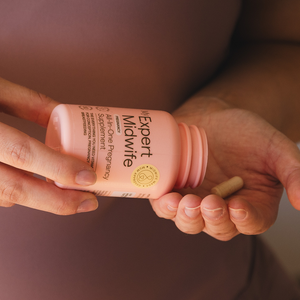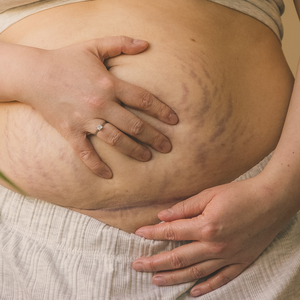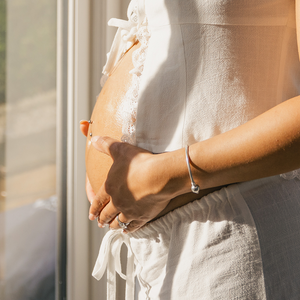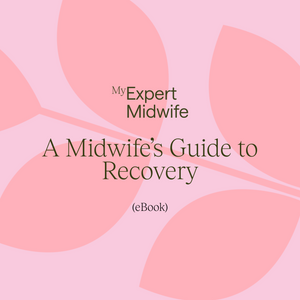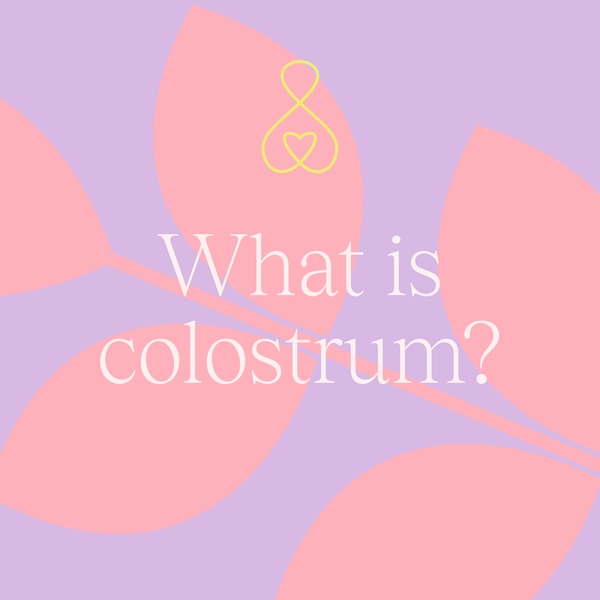Reasons for Needing a General Anaesthetic
You might need a general anaesthetic for the following reasons:
-
Emergencies: If there is not enough time to administer a spinal or epidural anaesthetic.
-
Issues with the spinal/epidural: In some cases, the injection site may be difficult to locate, or the anaesthetic may not work as expected.
-
Medical conditions: Health issues such as blood clotting disorders or infections may make a spinal or epidural anaesthetic unsafe.
-
Personal preference: Some women may choose to be asleep during the procedure rather than awake.
-
Conversion during surgery: If the spinal or epidural anaesthetic does not provide sufficient pain relief or causes distress during the procedure, it may be necessary to switch to a general anaesthetic.
What happens after a general anaesthetic?
Waking Up in the Recovery Room: Once the surgery is complete, you will gradually begin to wake up in the recovery room. You may feel groggy, disoriented, or confused initially. The anaesthetic can take some time to wear off fully.
Monitoring you: Staff will closely monitor your heart rate, blood pressure, breathing, and oxygen levels to ensure everything is stable as you wake up from the anaesthetic. You will also have a cannula in your hand or arm with some fluids running through to keep you hydrated, and a urinary catheter in to keep your bladder empty whilst you are immobile. Sometimes you may have a heated blanket on you to keep you warm and Flotron leg boots on to help with your circulation. You will have post-operative pressure stocking in place to reduce your risk of developing a Deep Vein Thrombosis (DVT).
Pain Management: You may experience some pain or discomfort after the surgery, especially around the area where the incision was made. Pain relief will be provided to manage any discomfort. Do not hesitate to let the staff know if you’re in pain.
Nausea and Dizziness: Some women experience nausea or dizziness when waking up from a general anaesthetic. This is common but can be managed with medication to help you feel more comfortable.
First Moments with Your Baby: Once you are more awake and stable, your midwife will encourage you to meet your baby if you are able. If you are not fully alert, the staff will help with your baby’s first care needs and may allow your partner or a family member to spend time with the baby until you’re more awake.
Recovery Time: You’ll stay in the recovery room for a while as your anaesthetic fully wears off and you regain full consciousness. Once you’re stable, you’ll be moved to the postnatal ward where your recovery will continue. Everyone recovers at slightly different rates.
Physical Recovery: As the anaesthetic wears off, you may begin to feel the effects of the C-section, such as abdominal soreness from the surgery. You may be encouraged to slowly begin moving, such as sitting up or standing, with the help of a midwife, to aid in your recovery.
Additional Monitoring: After waking, the hospital staff will continue to monitor you closely to ensure your recovery is going smoothly. If there are any issues with your recovery or if you are in significant pain, the staff will provide the necessary treatments and support.
Gradual Return to Normal Activities: You’ll be encouraged to start moving around slowly once you’re feeling more alert. This might include sitting up, standing, and eventually walking to help with your recovery. The staff will assist you in these early movements to ensure you are safe.
Monitoring for Complications: During your recovery, the healthcare team will keep an eye out for any potential complications from the surgery or anaesthetic, such as infection, blood clots, or excessive bleeding. You will be prescribed a daily injection for up to 6 weeks depending on your risk factors to reduce your risk of developing blood clots (DVT).
Emotional Support: It is normal to feel emotionally overwhelmed after a C-section, especially after general anaesthesia. If you feel anxious, sad, or unsure, speak to your healthcare team, who can offer emotional support and reassurance.
Your baby may also be a little sleepy after birth due to having received a small amount of the anaesthetic. This is typically not a problem, though they may need some brief support to help with breathing and feeding.
The process after a general anaesthetic for a C-section involves close monitoring and comfort measures to help you recover. It is important to communicate with your midwife if you have any concerns or if you are feeling discomfort so they can assist you in your recovery.
